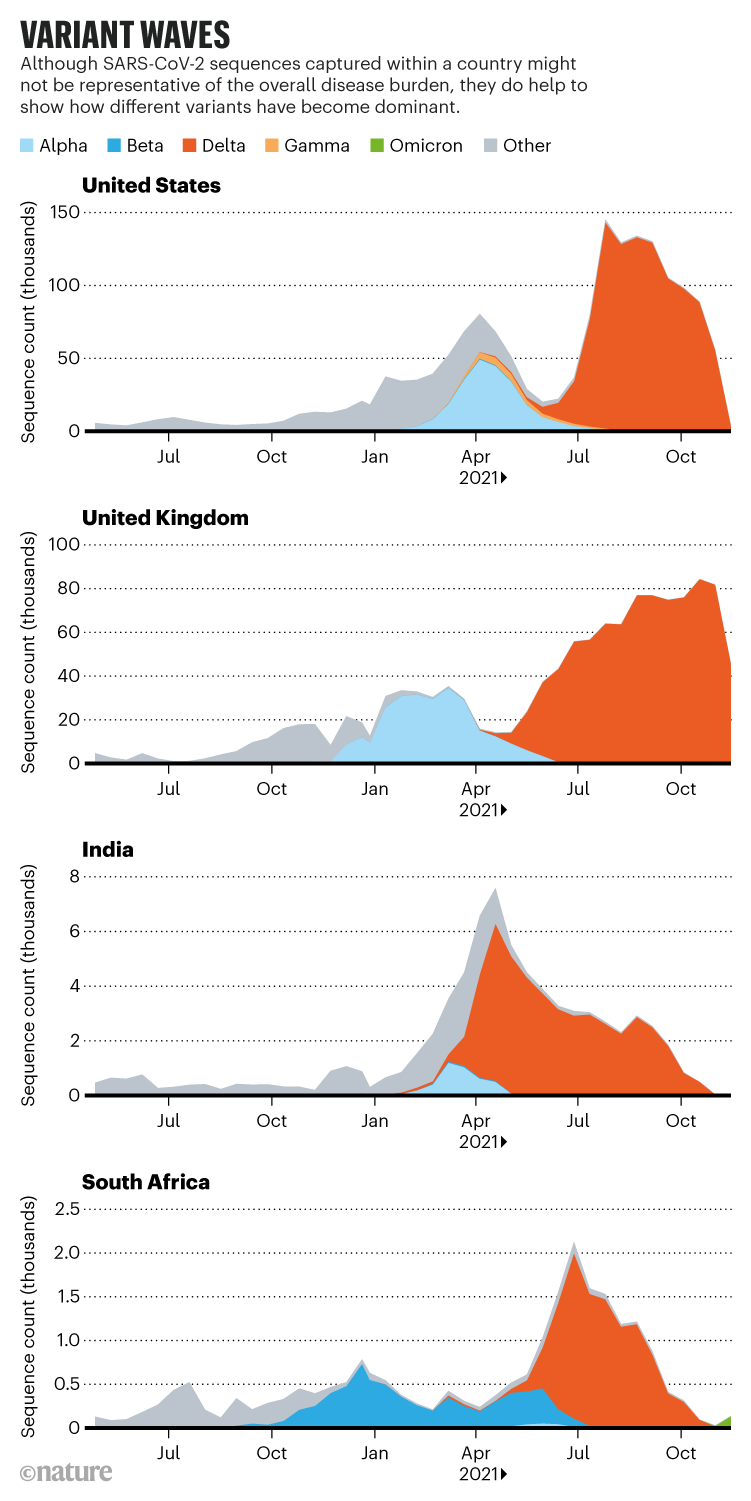Factors associated with inadequate vaccine responses in patients with breakthrough infections are still not fully understood. Studies show that genes, environment (such as
air pollution), and gene-environmental interactions all influence Coronavirus disease. Less research has been done for the vaccines.
A
new study used real-world data to evaluate risk factors of impaired antibody response to SARS-CoV-2 mRNA vaccines in individuals with chronic medical conditions evaluated in a respiratory specialty clinic.
The percentage of patients without antibodies detected was as follows:
- 15% in COPD
- 19% in Sarcoidosis
- 36% in Interstitial lung diseases
- 37% in Rheumatic diseases
- 48% in Congestive Heart Failure (CHF).
More than a fifth of patients with chronic medical conditions may still have insufficient levels of antibodies to fight COVID-19 even after a second mRNA vaccine dose. Interstitial lung disease and congestive heart failure are two independent risk factors for low antibody response to COVID vaccination. These patients tended to be older — between 65 and 95 years old with a median age of 80.5 — and had preexisting comorbidities, such as cardiovascular disease and Type 2 diabetes. A subset of patients was also on immunosuppressive drugs that may affect vaccine efficacy.
Anther study that analyzed fatal breakthrough cases came with the f
ollowing risk order: Overweight/Obesity; Chronic cardiac disease; Diabetes mellitus, Chronic neurologic disease; Chronic kidney disease; Chronic liver disease; Chronic pulmonary disease; Immunosupression.
Pregnancy was shown to double the risk of breakthrough infection.
Note that the mean age of study population was 62 years and the individuals received two doses of mRNA vaccines. Newer study shows that
advanced age is one of major risk factors of fatal breakthrough COVID-19 even after an additional booster dose.
CDC data, sourced from more than two dozen states, shows that between April and June, a total of 77,000 breakthrough cases and 1,500 breakthrough deaths were recorded, compared to more than 1.74 million breakthrough cases and 15,000 deaths recorded between July and the first week of November. It is unclear exactly how many of these people had also been boosted. As of October 12, 2021, there have been at least 31,895 individuals with SARS-CoV-2 breakthrough infections who were hospitalized or died in the United States.
REFERENCES
Boyarsky BJ, Werbel WA, Avery RK, Tobian AA, Massie AB, Segev DL, Garonzik-Wang JM. Antibody response to 2-dose SARS-CoV-2 mRNA vaccine series in solid organ transplant recipients. Jama. 2021 Jun 1;325(21):2204-6.
Juthani PV, Gupta A, Borges KA, Price CC, Lee AI, Won CH, Chun HJ. Hospitalisation among vaccine breakthrough COVID-19 infections. The Lancet Infectious Diseases. 2021 Nov 1;21(11):1485-6.
Shu-Yi Liao et al, Impaired SARS-CoV-2 mRNA vaccine antibody response in chronic medical conditions: a real-world analysis, Chest (2022). DOI: 10.1016/j.chest.2021.12.654
 In the 19th century, Oscar Wilde famously stated, "We live, I regret to say, in an age of surfaces." - generating pollution, unwanted microorganisms and allergens. As automation becomes increasingly prevalent in our lives, it's easy to wonder why some maintenance tasks are still performed by human workers. Despite the proliferation of "smart" technologies, many of the futuristic features we were promised in model homes and prototypes have yet to become a reality. From 3D printers for disposable dinner plates to virtual girlfriends that can cook and clean, it seems that we are still waiting for the advanced home technologies predicted in science-fiction. In the past, we have seen many interesting ideas such as Frances Gabe's self-cleaning home in Oregon and the rounded corners proposed by Buckminster Fuller and Peter and Alison Smithson to improve cleaning.
In the 19th century, Oscar Wilde famously stated, "We live, I regret to say, in an age of surfaces." - generating pollution, unwanted microorganisms and allergens. As automation becomes increasingly prevalent in our lives, it's easy to wonder why some maintenance tasks are still performed by human workers. Despite the proliferation of "smart" technologies, many of the futuristic features we were promised in model homes and prototypes have yet to become a reality. From 3D printers for disposable dinner plates to virtual girlfriends that can cook and clean, it seems that we are still waiting for the advanced home technologies predicted in science-fiction. In the past, we have seen many interesting ideas such as Frances Gabe's self-cleaning home in Oregon and the rounded corners proposed by Buckminster Fuller and Peter and Alison Smithson to improve cleaning. 


